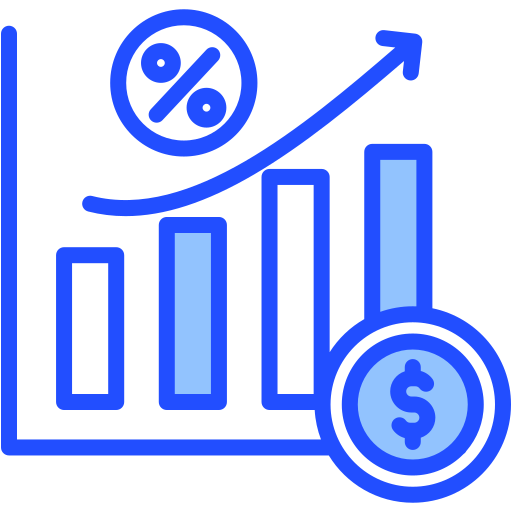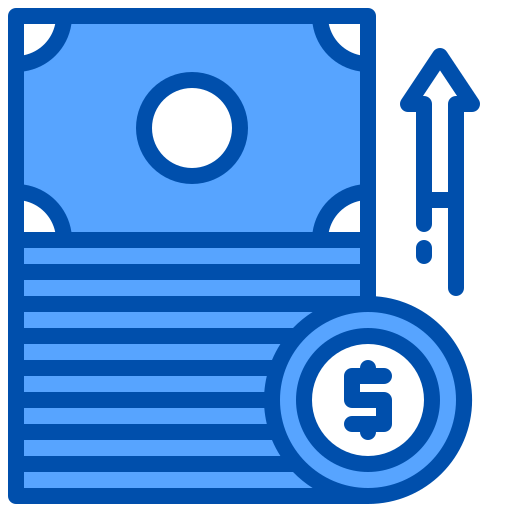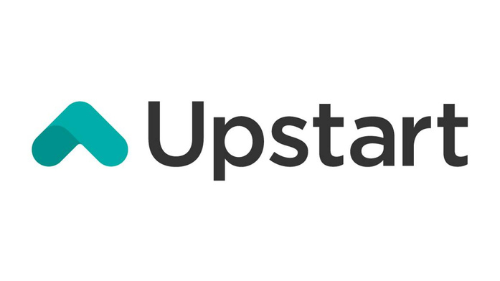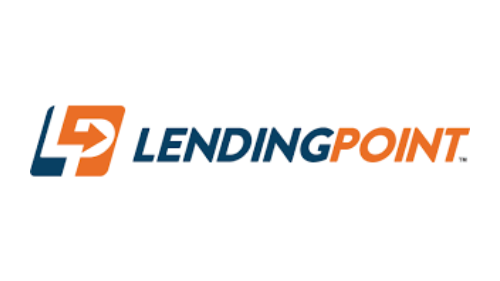Working Capital Loans

Checking your rate won’t impact your credit score


Working Capital Loans

Checking your rate won’t impact your credit score
How to get a working capital loan
1. Determine your needs. List urgent expenses, estimate costs, and decide if you need a lump sum or ongoing funds. Use a loan calculator to check affordability.
2. Check eligibility. Review lender requirements like credit score, time in business, revenue, and possible collateral.
3. Compare lenders. Look at banks, credit unions, and online lenders; compare rates, terms, and fees.
4. Prepare documents. Have your business plan, financial statements, tax returns, and licenses ready.
5. Apply. Submit your application online; lenders may request extra details.

🏷️ How to compare working capital loans
If you receive multiple working capital loan offers, consider the following factors when picking the loan that best fits your needs:

Interest rate

Additional fees

Repayment term

Loan amounts

Time to fund

Lender support
Pros and Cons of Working Capital Loans
Pros
Offers flexible financing for various business needs
Fast approval and funding available from online lenders
Available to many businesses, even with different eligibility standards
Cons
Potentially high interest costs, especially with factor rates
Frequent repayment schedules, such as daily or weekly, may apply
Some loan options may require collateral or a personal guarantee
Additional business funding options
Merchant cash advance
Invoice factoring
Business credit cards
Small business grants
Crowdfunding
Peer-to-peer lending
Personal loans
Bootstrapping
Working Capital Calculator
Estimate your monthly payment, total cost, and interest for a business loan — plan your growth with confidence.












